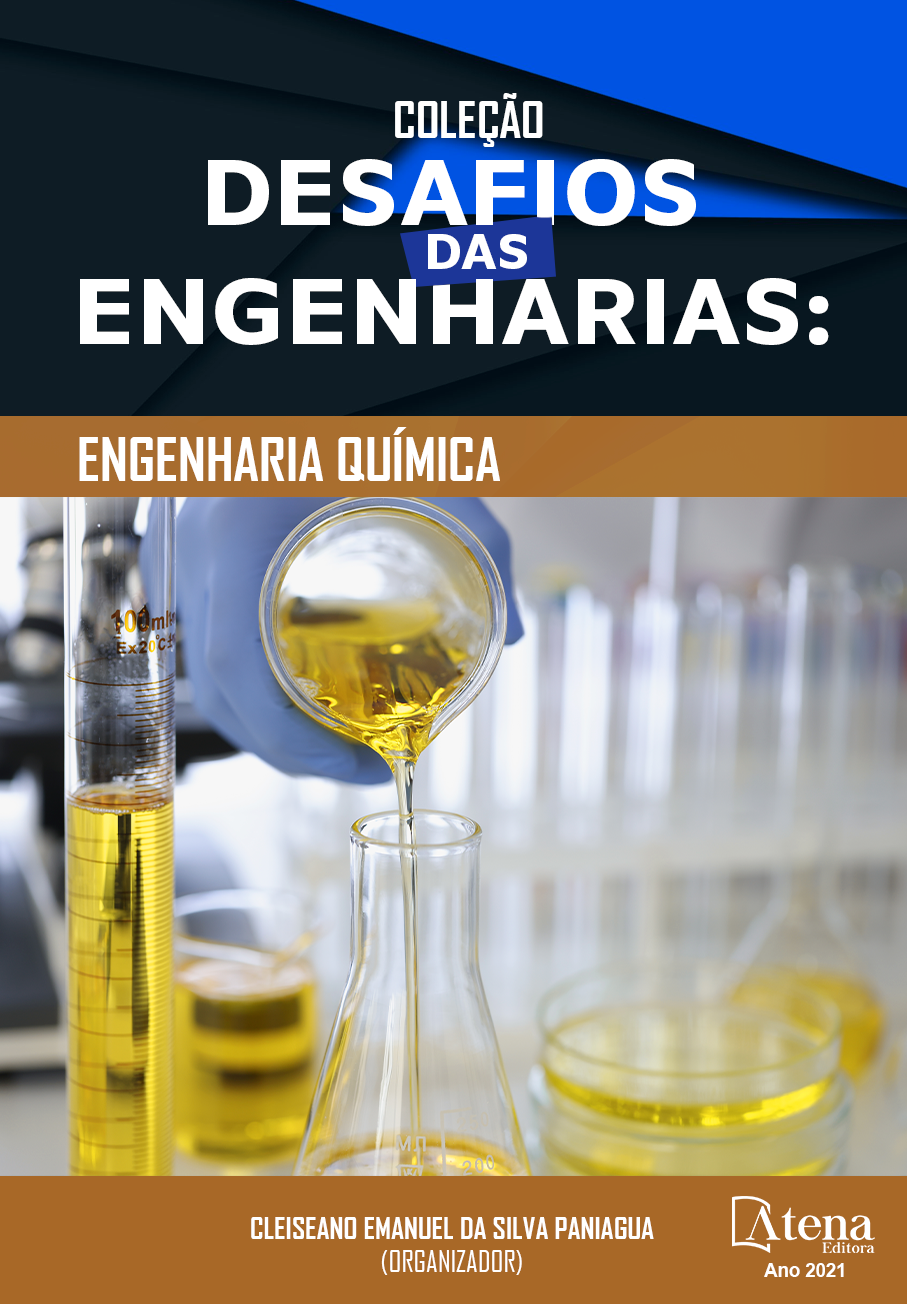
CARACTERIZAÇÃO FÍSICO-QUÍMICA E ENERGÉTICA DE BRIQUETES DE GUANDU SUBMETIDOS A TRATAMENTO TÉRMICO
: Os danos do aquecimento global podem vir a ser minimizados a partir da utilização de biomassa como fonte de energia. Um dos resíduos lignocelulósicos que podem ser utilizados na produção de briquetes para geração de energia é o guandu, uma leguminosa lenhosa presente em todo o território brasileiro e com grande produção de biomassa. O objetivo deste trabalho foi verificar as propriedades físico-químicas e energéticas de briquetes de guandu (Cajanus cajan) in natura e torrados. A torrefação foi realizada em reator, colocado em forno mufla com taxa de aquecimento 1,7 ºC.min-1 da temperatura ambiente à temperatura de 300 ºC e mantido durante 30 min. Após a análise imediata nos briquetes torrados observou-se redução no teor de voláteis de 61,6%, enquanto os teores de cinzas e carbono fixo apresentaram um aumento de 6,2% e 55,5%, respectivamente. Para o poder calorífico superior verificou um aumento de 17,15 MJ.g-1 para 27,82 MJ.g-1. A torrefação nas condições empregadas provocou um aumento no poder calorífico dos briquetes.
CARACTERIZAÇÃO FÍSICO-QUÍMICA E ENERGÉTICA DE BRIQUETES DE GUANDU SUBMETIDOS A TRATAMENTO TÉRMICO
-
DOI: https://doi.org/10.22533/at.ed.26221230714
-
Palavras-chave: briquete; torrefação; guandu (Cajanus cajan).
-
Keywords: Biomass, briquette, roasting, guandu (Cajanus cajan).
-
Abstract:
: The damages of global warming can be minimized from the use of biomass as an energy source. One of the lignocellulosic residues that can be used in the production of briquettes for energy generation is pigeon pea, a woody legume present throughout the Brazilian territory and with a large production of biomass. The objective of this work was to verify the physicochemical and energetic properties of fresh and roasted pigeon pea (Cajanus cajan) briquettes. Roasting was carried out in a reactor, placed in a muffle furnace with a heating rate of 1.7 ºC.min-1 from room temperature to a temperature of 300 ºC and maintained for 30 min. After the immediate analysis of the roasted briquettes, a reduction in volatile content of 61.6% was observed, while the ash and fixed carbon contents showed an increase of 6.2% and 55.5%, respectively. For the higher calorific value there was an increase from 17.15 MJ.g-1 to 27.82 MJ.g-1. Roasting under the conditions used caused an increase in the calorific value of the briquettes.
-
Número de páginas: 11
- Débora Hungaro Micheletti
- Matheus de Paula Gonçalves
- Fernanda Bach Gasparin
- Bruno Aldo de Moura Nekel Ribeiro
- Aline Bavaresco dos Santos
- Valdir Luiz Guerini
- Adriana Ferla de Oliveira
- Victória Diaz de lima


